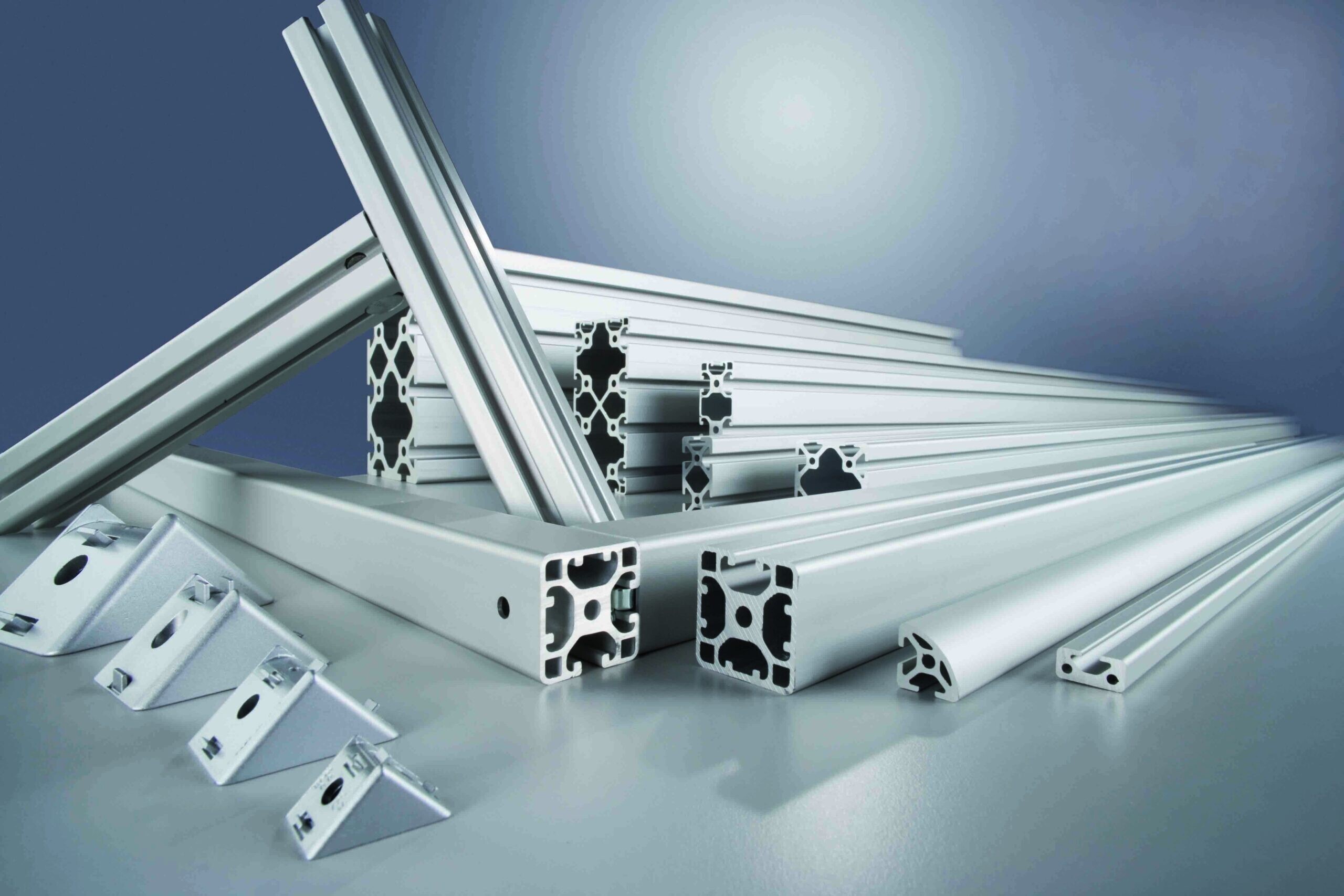

Southern India is now emerging as a growth engine for the aluminium extrusion industry, with Telangana and Andhra Pradesh leading the way. These states are not merely increasing domestic capacity. They are also becoming players in global supply chains, fuelled by strong industrial activity, export opportunities and the increasing utilisation of lightweight materials across sectors, including EVs, renewable energy and infrastructure.

Global Aluminium’s Managing Director, Anil Agarwal, underscored the shift at a recent ALUMEX India 2025 roadshow on August 7, 2025 in Hyderabad , “Among the southern states, Hyderabad is playing a very important role in this industry… To counter trade challenges like the Trump Tariff, the industry must boost domestic consumption, reduce dependency on imports, and expand export capacity.”
Industry growth meets policy headwinds
A report titled "Outlook for the Indian Aluminium Industry" by AlCircle states that the extrusion usage in India was 450,000 tonnes in 2021–22 and is expected to grow at 7 per cent CAGR and reach 630,000 tonnes by 2026–27. However, industry players are concerned that Free Trade Agreements (FTAs) with some Far East countries, which permit duty-free imports, are eroding nearly 500 domestic extrusion units.
The Aluminium Extrusion Manufacturers Association of India (ALEMAI) has called for safeguards to revive underutilised plants. “The sector has raised alarms… we urge the government to consider measures to protect the viability of domestic units,” ALEMAI stated. while welcoming recent anti-dumping duties on solar imports from China, Thailand, and Vietnam.
Also read: Aluminium extrusion in defence: strength, efficiency and innovation
Southern investments fuel capacity
Big investments are changing the playing field. Hindalco is operating in Kuppam, Andhra Pradesh, and Global Aluminium is managing exports from Hyderabad. In Telangana, Premier Energies is constructing a 36,000 tonnes per year extrusion and anodising plant, scheduled for completion by 2027. This all supports national projects such as Smart Cities Mission, affordable housing and renewable energy development, all major demand drivers for extrusion products.
Jitendra Chopra, President of ALEMAI, highlighted the region’s strategic importance: “Southern India is rapidly becoming a hub for aluminium extrusion with its unique blend of manufacturing strength, export potential, and fresh investments. Aluminium extrusion plants in Telangana and Andhra Pradesh are contributing significantly to India’s domestic needs as well as exports and hold immense strategic value for the industry. These developments will take centre stage at the industry’s upcoming flagship event, ALUMEX India 2025.
ALUMEX India 2025: a platform for transformation
From September 10–13 in New Delhi, ALUMEX India 2025, backed by industry leaders like Hindalco, Vedanta, and JNARDDC, will gather over 200 exhibitors and 12,000 visitors to address high energy costs and skill gaps, technology localisation, and promote ‘green extrusion’ initiatives.
With over 225 extrusion plants covered under ALUMAI membership with a predicted capacity of 3 million tonnes, this creates an opportunity to spark collaborations and showcase innovations towards supporting India to achieve its manufacturing self-reliance capacities.
Despite India's per capita aluminium extrusion consumption remaining at just 3 kg, compared to 25 to 28 kg in China and 18 kg in the USA, industry leaders like Agarwal, Chopra, and ALEMAI's Ankur Aggarwal state this represents one of the greatest opportunities for growth in the industry.
Provided the pace from the industrial hubs of Southern India maintains comparable momentum with supportive policy making, the Southern industrial hubs can not only fulfil India’s domestic demand but also potentially reposition themselves as the new global leader in aluminium extrusion.
Responses








